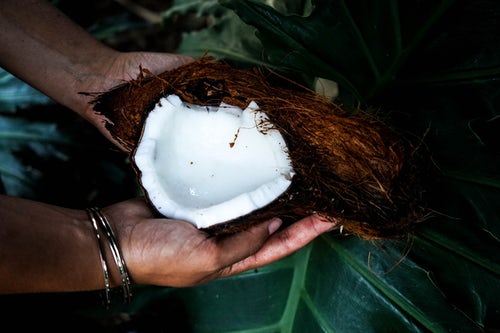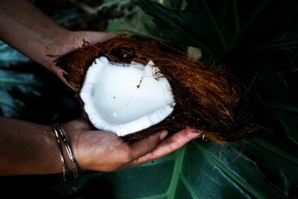Dailycsr.com – 09 July 2018 – Apart from the popular company name behind the “leading brands like M&M’s®, PEDIGREE® pet food, and UNCLE BEN’S® rice”, Mars has carved out a “well-known” niche for itself as an environment leader within the “corporate social responsibility” field.
In a plan, titled, “Sustainable in a Generation”, Mars describes its commitment towards procuring 100% renewably sourced energy, reducing 100% emissions of greenhouse gases from “its direct operations by 2040” as well as “indirect emissions throughout the value chain by one-third by 2030 – and two-thirds by 2050”. One could say that Mars’ goals are “ambitious” to say the least.
However, Mars cannot achieve its challenging goals without its Chief Procurement and Sustainability Officer, Barry Parkin, for the latter thinks that “big goals” are driver of “big innovation”. Forbes Contributor, Tom Murray writes:
“I recently spoke with Barry about how Mars plans to tackle its climate goals, how being a family-owned business shapes its approach to sustainability, and how his time on the British Olympic sailing team influences his day-to-day job”.
Barry Parkin’s journey at Mars began in 1985, whereby he had joined the company as an engineer. Following this he moved on to work with “business development, operations, human resources, and procurement”. On asking about how he made his “way into sustainability”, he replied:
“I certainly didn't have sustainability on my mind when I first joined Mars, but it was through my role in procurement that I really became interested in the environment and the people in our extended value chain. That’s because in the early part of my career, we were buying raw materials and packaging from all over the world, and frankly we didn't know where many of these materials came from. It was a visit to a coconut supplier in Indonesia that really brought it home for me. You can only get to this one particular coconut plantation by boat, as there’s no road access – so I went in not expecting much but was blown away when I got there and saw the scale of this plantation – it was 100 kilometers by 100 kilometers, with multiple factories on-site to process the coconut, and thousands upon thousands of workers. As I toured the plantation, I learned that we were their biggest customer – it’s a relatively small ingredient for us, but it affects a massive amount of people and land. That’s when the complexity and enormous reach of our supply chain really struck me – and when I suddenly got a sense of our impact on the planet. I immediately became intrigued, and then slightly overwhelmed, with the sustainability challenges we faced”.
References:
3blmedia.com
In a plan, titled, “Sustainable in a Generation”, Mars describes its commitment towards procuring 100% renewably sourced energy, reducing 100% emissions of greenhouse gases from “its direct operations by 2040” as well as “indirect emissions throughout the value chain by one-third by 2030 – and two-thirds by 2050”. One could say that Mars’ goals are “ambitious” to say the least.
However, Mars cannot achieve its challenging goals without its Chief Procurement and Sustainability Officer, Barry Parkin, for the latter thinks that “big goals” are driver of “big innovation”. Forbes Contributor, Tom Murray writes:
“I recently spoke with Barry about how Mars plans to tackle its climate goals, how being a family-owned business shapes its approach to sustainability, and how his time on the British Olympic sailing team influences his day-to-day job”.
Barry Parkin’s journey at Mars began in 1985, whereby he had joined the company as an engineer. Following this he moved on to work with “business development, operations, human resources, and procurement”. On asking about how he made his “way into sustainability”, he replied:
“I certainly didn't have sustainability on my mind when I first joined Mars, but it was through my role in procurement that I really became interested in the environment and the people in our extended value chain. That’s because in the early part of my career, we were buying raw materials and packaging from all over the world, and frankly we didn't know where many of these materials came from. It was a visit to a coconut supplier in Indonesia that really brought it home for me. You can only get to this one particular coconut plantation by boat, as there’s no road access – so I went in not expecting much but was blown away when I got there and saw the scale of this plantation – it was 100 kilometers by 100 kilometers, with multiple factories on-site to process the coconut, and thousands upon thousands of workers. As I toured the plantation, I learned that we were their biggest customer – it’s a relatively small ingredient for us, but it affects a massive amount of people and land. That’s when the complexity and enormous reach of our supply chain really struck me – and when I suddenly got a sense of our impact on the planet. I immediately became intrigued, and then slightly overwhelmed, with the sustainability challenges we faced”.
References:
3blmedia.com


 ‘Big Goals Drive Big Innovation’
‘Big Goals Drive Big Innovation’





 Companies
Companies